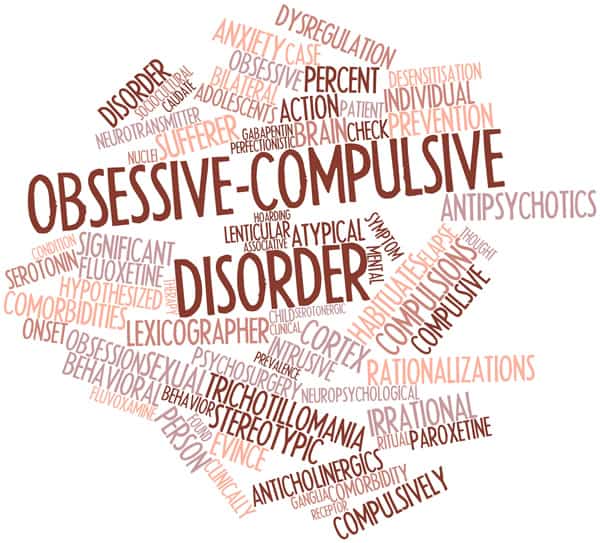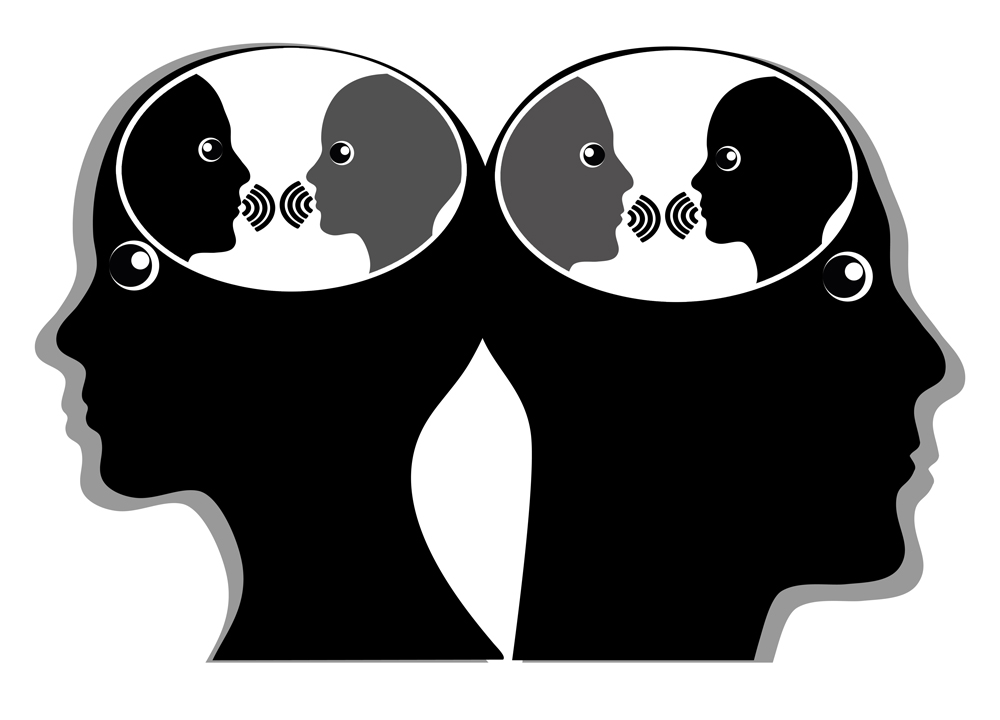*This newsletter is intended to offer information only and recognizes that individual issues may differ from those broad guidelines. Personal issues should be addressed within a therapeutic context with a professional familiar with the details of the problem. Copyright 2018 Simmonds Publications: 550 La Jolla Blvd., 306, La Jolla, CA 92037
Most of us build our lives around the belief that we will be relatively safe. Granted, normal daily life involved many stressors, especially in these hectic times, but we expect these pressures to happen, and we become accustomed to handling them. The more flexible we are and the more we know ourselves in are in touch with our abilities, the easier it is to deal with normal everyday stress.
Sometimes, however, any of us could be subjected to catastrophic stress. Our feeling of safety in these circumstances can vanish. We could experience terror and a complete inability to know how to handle these situations that are outside of the ordinary realm of experience. These catastrophic events can include rape, physical attack, mugging, carjacking, natural disasters (earthquakes, hurricanes, tornadoes, floods, etc.), fires, car accidents, plane crashes, and so much more. It is not only the victims of these events, but also witnesses, families of victims, and helping professionals who can develop severe stress symptoms that can last for months or even years after the event.
Post-Traumatic Stress Disorder (PTSD) is the term used to characterize people who have endured highly stressful and frightening experiences and who are undergoing distress caused by memories of that event. It is as if the person just cannot let go of the experience. The event comes back to haunt them. The anxiety experienced during or immediately after a catastrophic event is called traumatic stress. When the symptoms last several months after the event, it is called post-traumatic stress. PTSD can last for years after the original trauma and may not become evident initially. For example, an individual may witness a murder as a child, but not experience the associated stress until mid-life.
Some people are more likely to develop PTSD than others. Experts are not sure why some people develop PTSD after a relatively minor trauma while others exposed to great trauma do not. Those who are very young or are very old are more vulnerable. Individuals who already suffer from anxiety disorders, some personality disorders, or depression seem more likely to get PTSD after extreme trauma. It seems that the more vulnerable one feels in dealing with the world, the more likely on is to develop PTSD.
A person who has survived a traumatic event will probably never feel as if the event never happened, ut the distressing and disruptive effects of PTSD can be alleviated. In therapy, a person can learn to describe a coherent account of his or her life. People who can do this are much less susceptible to effects of the trauma. Therapists use a number of techniques to help a person work through traumatic events, some involving talking and some involving more physical interventions. Sometimes medication can help to lessen the anxiety, depression and sleep difficulties, as well as the physical symptoms, which go along with PTSD. Social agencies now use highly effective techniques, such as critical incident debriefing, to help people process their way through a trauma immediately after a disaster occurs in a community. Victims of violence are often given support to talk about the event soon after it has occurred.









